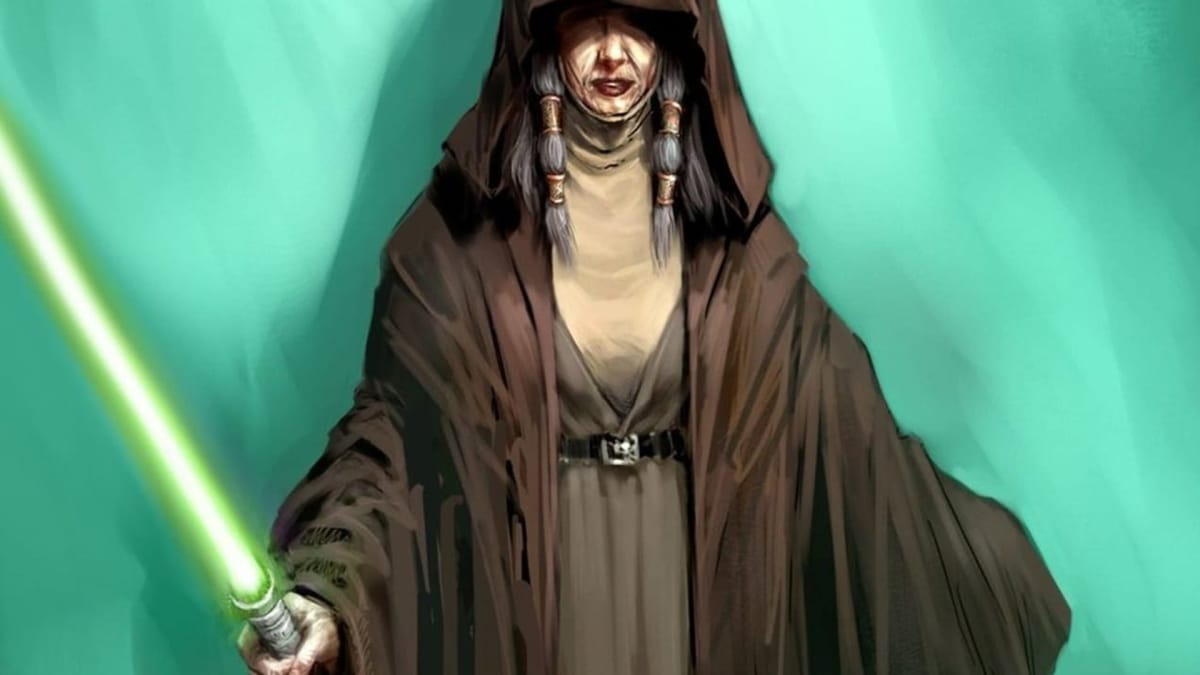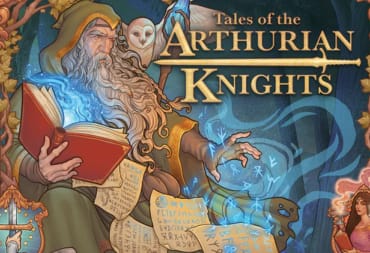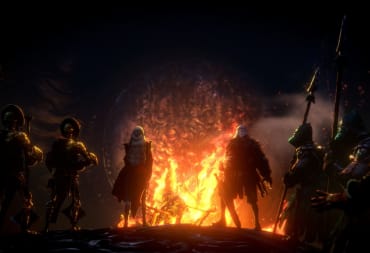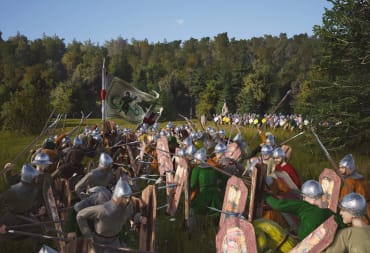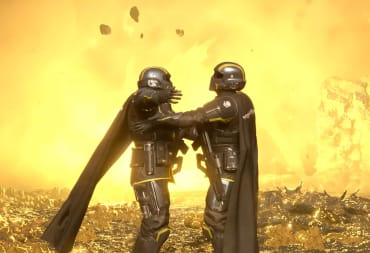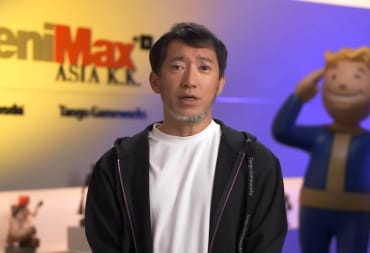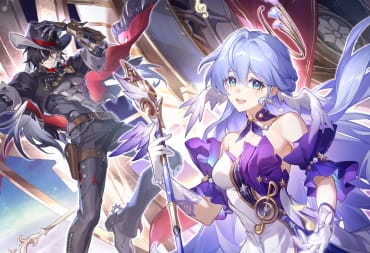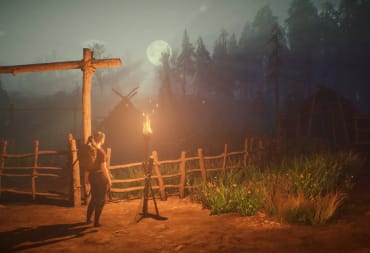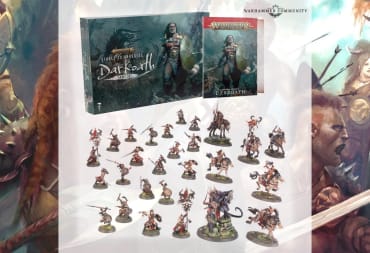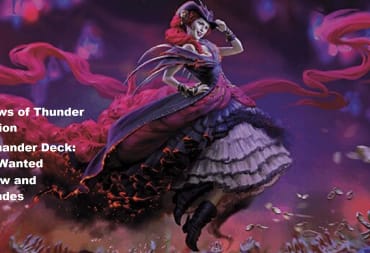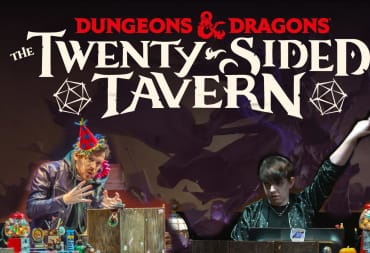It is established that many RPGs today tend to follow a system of “choice” that can lead to a more definitive role-playing experience. Whether we see the likes of Dragon Age to Dragon Warrior, often we see a follow through of a semi-linear plot to a conclusion.
The choice, however, comes into play during the journey, the changes of the narrative that many role-playing games allow us to manipulate. Over a decade ago, many of these choices came in the form of “light and dark side” points; primarily stemming from Star Wars: Knights of the Old Republic.
Because of the success of KOTOR, several RPGs offered a style of binary choices in that same vein as a part of their design, punctuating the plot with narrative changes that give the player more of an illusion of freedom than ever before. The typical “light side choice” emulated the good nature of the player characters' choices, while the “dark side choice” would focus on more sinister actions in-game.
While over time the system has morphed into something more fluid and dynamic, notably the use of tonal systems and more nuanced character interaction, in the beginning, it marked the extreme contrasts to how to role-play; being rewarded by being a paragon of hope or a master of hatred, with little incentive for a mode of neutrality. This was often by design, but few RPGs in the mid-2000s rarely focused beyond the two extremes.
It was almost ironic, but perhaps appropriate, that the best argument for neutrality came from one of the most complex companions ever to grace the KOTOR series, the manipulative being known as Kreia from Knights of the Old Republic II: The Sith Lords.
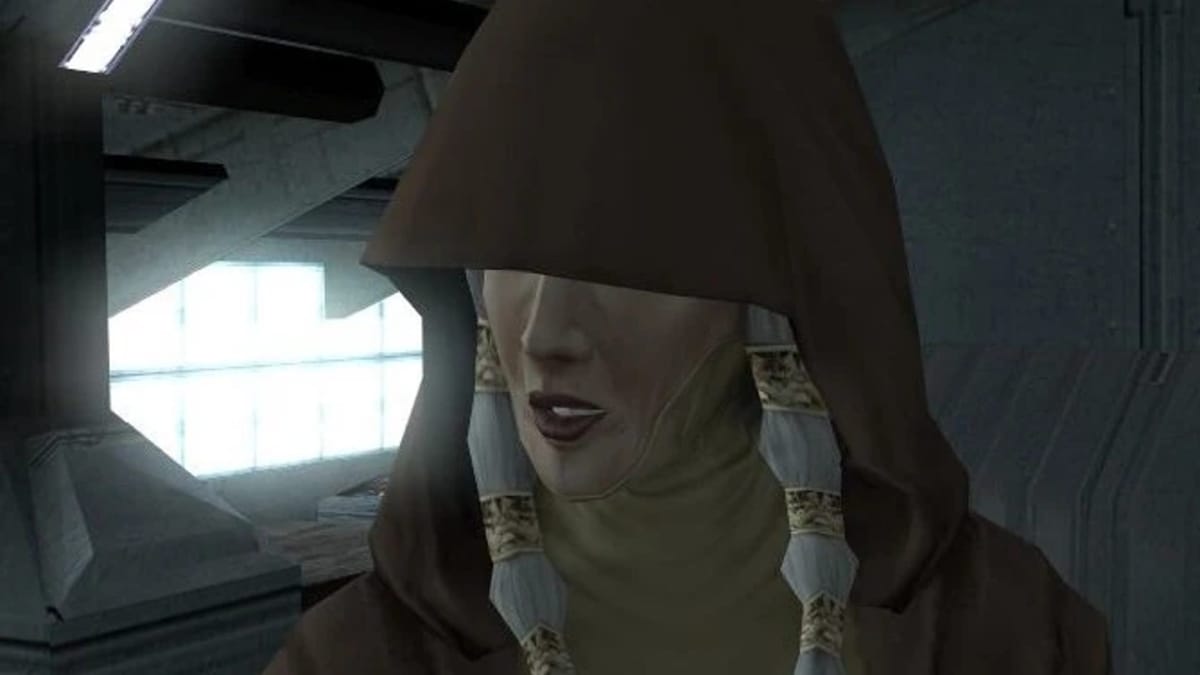
Kreia as a character is rather difficult to understand because, for the entire game, she represents several different points of view that are emblematic of the Star Wars brand while simultaneously deconstructing the core themes of the franchise. At first, she seems to be a philosopher and mentor to her student, the self-named Jedi Exile that the player creates. She is also a great manipulator, using her powers to slyly coerce other characters, including the Exile, to fulfill her personal goals.
Both aspects follow standard Star Wars tropes - the wizened mentor and power-hungry dictator, contrasting each other into one character and representing both the light and dark side of the force vividly for the player. It is the final bit of her character that is most interesting, however, and that is her dedication to true neutrality. In the very poignant twist in the game, Kreia is both a Jedi and a Sith, both light and dark, and an enemy to what she blames as the source of all suffering in the galaxy: the Force itself.
Part of what makes this work is the duality Kreia represents in KOTOR II, and in many ways showcases the flaws of the binary setup of the Jedi and Sith in the entire franchise. Kreia’s backstory is mysterious, but what is known is she was once a powerful Jedi Consular whose most famous pupil, Darth Revan from the first KOTOR game, would eventually cause her exile from the Jedi Order.
Because of her unorthodox teachings, Kreia was among those blamed by the Order for the open defiance of Darth Revan during the Mandalorian wars. This exile made Kreia question her own beliefs, eventually coming across the Sith Academy on Malachor V. It was here she began to study Sith teachings, was seduced by their arguments, and took the name Darth Traya, the Lord of Betrayal.
As Darth Traya, Kreia would rebuild the Sith Empire with the help of the Sith Triumvirate, including herself and her two new pupils: Darth Sion, the Lord of Pain, and Darth Nihilus, the Lord of Hunger. Unbeknownst to her, however, both Sion and Nihilus planned to betray her, growing weary of her teachings and believing her to be a weak Sith. In one of the most memorable flashbacks in KOTOR II, Kreia reveals her past to the Exile, showing the betrayal of her former apprentices, once again being cast from another order of Force users.
All of this is standard Star Wars stock - the betrayal of the Sith to gain more power; the zealot-like view of the Jedi in laying blame on wayward teachings - and Kreia has suffered greatly due to those who she has taught the ways of the force.
The game displays this almost stereotypically. The surviving members of the Jedi Council are shown as insular and wholly dogmatic, justifying their actions regardless of the consequences due to the rigid teachings of the order. The Sith, in contrast, are power-hungry and unstoppable beasts, monsters among the stars hell-bent on destroying the galaxy to justify their desires.
Both sides of the force in KOTOR II act as you would expect in Star Wars media, but to Kreia both sides of the force are extremist in ideology. In focusing on a philosophy that seeks to not bring balance between the two opposing views, but to destroy them outright, Kreia lays blame upon these extremes on the force itself, the manipulator and the betrayer of all that is good and justice in the galaxy. Her ulterior motive throughout the game is simple: extinguish the force and those who wield it, Jedi or Sith.
To that end, Kreia actively sought out the Jedi Exile in the hopes of creating what is known as a force wound to destroy it once and for all. A force wound is a disturbance in the force that is often caused by a large loss of life. In the now-official Star Wars canon, there is only one time this occurs, the destruction of Alderaan in A New Hope. For Knights of the Old Republic, a second force wound occurs at Malachor V, the site of the grand battles of Revan and Malak.
But how Kreia would achieve this goal is not through herself, but through the Exile. The Exile is later revealed to have the power to subconsciously use her powers in force to transmit her own emotions, be it pain, suffering, and so forth to other beings. This effectively controls the minds of others around them, and due to this, Kreia would use the Exile to destroy the key members of both the Jedi and the Sith still alive in the galaxy, including the remaining members of the Jedi Council\ and her former Sith apprentices.
While the game lets you choose how you deal with the Jedi Council members by either sparing or killing them, one of the most memorable scenes is Kreia herself coming to the defense of the Exile, in a moment not out of seeing her plans succeed, but in protecting her pupil from the arrogance of the Council.
This goal is the primary motif of Kreia’s actions. The first time the Exile meets Kreia is at the beginning of the game, in the Peragus II Mining Station, both recently awoken from an attack by Darth Sion. Kreia here cements her dual role as mentor and manipulator to the Exile, offering advice and teachings that would eventually grow her in power.
She extols wisdom and pushes for neutrality, cautioning the Exile to not make decisions just because they are good or bad, “light or dark.” Such decisions have ripple effects that even Jedi and Sith cannot guess. Part of this, of course, is slyly pushing the Exile towards her own goals; the more neutral the Exile is to the force, the more power she can exert over her, including forcing another wound upon it.
Much like Frank Fontaine in Bioshock, Kreia is successful in manipulating the Exile both story-wise and symbolically in the game mechanics. Her teachings have the Exile grow as a Jedi or a Sith, and each subsequent quest line finished in the game leads Kreia closer to her goal.
By the end of the game, the wheels are in motion and the plan has been put into place. The latter half of the game is to track down Kreia, once again unveiling her identity as Darth Traya. After defeating her betrayers Sion and Nihilus, the climax of the game has you fight your former mentor, where she showcases her true feelings of compassion with the Exile, the only time she shows emotions other than pragmatism in the entire game.
The Exile must then duel her to the death, and depending on the choices made in-game, either use her teachings to rebuild the Sith Academy or restore the Jedi Order.
As stated, Kreia served three functions that were intertwined throughout the plot of KOTOR II. We see above how Kreia fills the role of a mentor, but her ulterior motives twist the role into something much darker. In many ways, Kreia is broken as a character—at least mentally, due to the trauma inflicted upon her.
Much like the current portrayal of Luke in Star Wars: The Last Jedi, Kreia feels that the endless cycle of Jedi and Sith must end, as their teachings serve no purpose. Her cynicism in pointing out the audacity of the Jedi and Sith teachings coupled with her balanced approach towards the force as a tool, over a guiding philosophy, sets her apart from the Jedi and Sith completely.
Once again, the game mechanics showcase this belief of hers; despite going through the game and making decisions that reward “light side” and “dark side” points that would influence other characters, Kreia remains neutral throughout the entire adventure, rarely being influenced by the players or their actions.
Her "tests" also grant character bonuses to the player, depending on the answers can lead to new knowledge, power, or more that further her goals to sever the connection to the force.
All of this creates great dynamism in her character. Both in-game through the mechanics and in the story, Kreia is unshakable in her convictions. Despite her adoration for the Jedi Exile, she still uses her for her own goals. Her beliefs in the true nature of the force, combined with her experiences as both a Jedi and Sith, make her a very introspective but bitter person in this regard. Kreia, in this back part of the Old Republic, felt it was time for the Jedi to end, and she nearly succeeded in doing so by slyly exerting control over the only person powerful enough to do it.
Part of what makes her memorable ultimately is how unconventional she is in the greater context of Star Wars. Fans are used to the conventional, the standard “light and dark side” forces that populate the world at large. Jedi and Sith are part and parcel with the lexicon, their presence the beating heart of the narrative focus of Star Wars for close to forty years. Yet Kreia doesn’t fit into the mold of either Jedi or Sith, at least not fully.
She serves as the arbiter of the middle ground, almost like a “Gray Jedi” in some regards (a Jedi who uses the Dark Side but is not consumed by it) but not totally in the same vein as established characters in the KOTOR universe.
This sort of middle-ground approach, however, makes her stand out among the Dark Lords and Jedi Knights, but mostly due to her philosophy. Kreia is one of the few Star Wars characters to outright say that the light and the dark are both destructive, and that power and mastery of the force is a fleeting thing.
Her desire to end the force, stemming from her own traumatic experiences, is both a classical villain motivation and sympathetic due to how the force itself manipulates and guides the actions of its practitioners. To Kreia, balance of the force means removing it entirely, allowing the galaxy to forge its own destiny.
Kreia is ultimately unique: a mentor and manipulator, a constant companion yet cunning adversary throughout your adventures with the Exile. She is complex in her emotions but simple in her motivations; she is adamant to her convictions and never waivers from her ultimate goals. She is both villain and hero, and neither at the same time—a true neutral character with unclear intentions from the get-go.
Using a philosophical stance of true neutrality to question the very notions of what is truly light or dark make Kreia in all of her incarnations a memorable figure in the Star Wars universe.
This post was originally published in 2018 as part of our Character Select series. It's been republished to have better formatting, video, and images.
Have a tip, or want to point out something we missed? Leave a Comment or e-mail us at tips@techraptor.net
